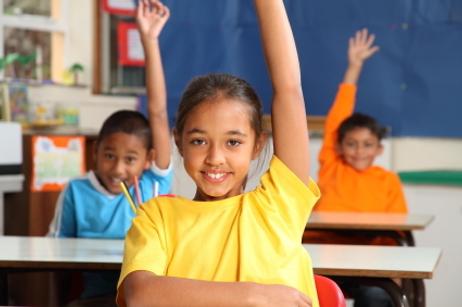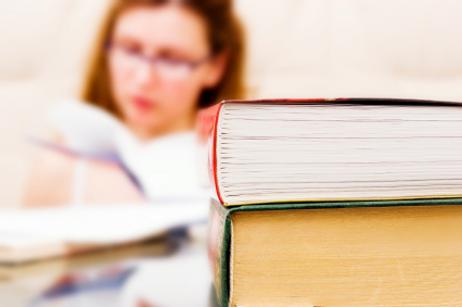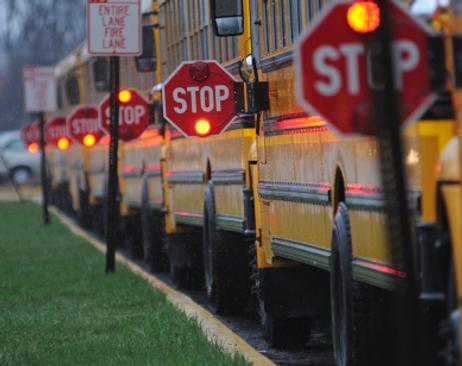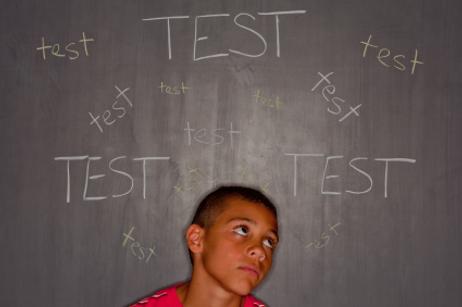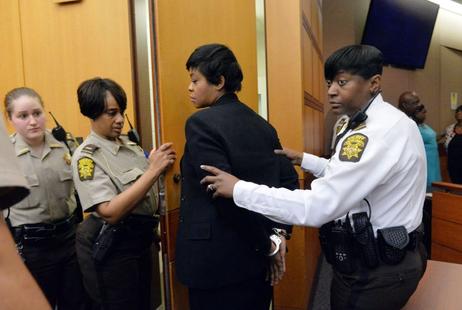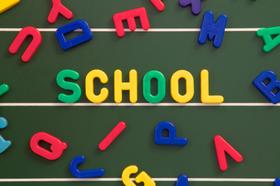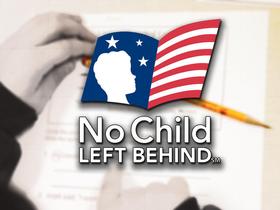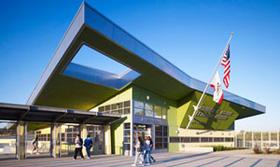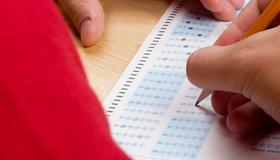The current academic year is now in full swing, but for some Detroit Public Schools, overcrowding issues are showing no signs of waning. Last week, an elementary school in the district was cited by the fire marshal for a jam-packed classroom. Parents and teachers, as well as the teachers’ union for the district, are complaining that district officials are simply not listening to their concerns, and classroom sizes are not changing fast enough to facilitate a safe, positive learning environment.
This report from WXYZ states that "parents are complaining about shocking overcrowding in Detroit schools that has kids sitting on milk crates."
Violations Found at Nolan Elementary
The Detroit News reported last week on a parent of a kindergarten student at Nolan Elementary, Kristol Philpot, who complained that her son was in a classroom with 55 other students. When her concerns went unheeded by the school’s principal, Philpot contacted fire officials about the problem.
“There are completely way too many children in there,” Philpot told the News. “It’s a completely unsafe environment there and they can’t learn. There are 56 children and it’s steadily growing.”
Philpot said she called the fire department because the principal wouldn’t answer her questions on when a new teacher would be brought in to divide the class.
“With the class that size, if there is a hazardous smoke or fire, it’s unsafe for the children. There

